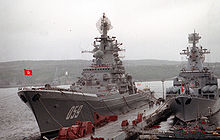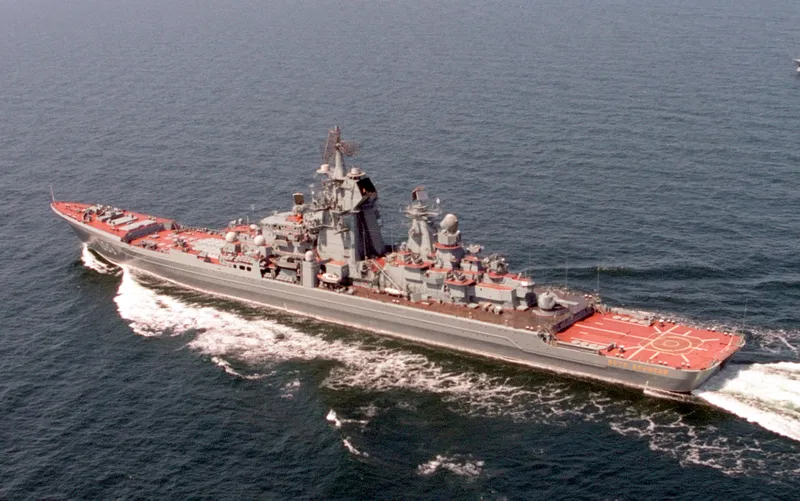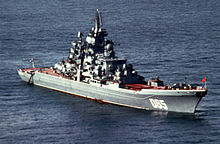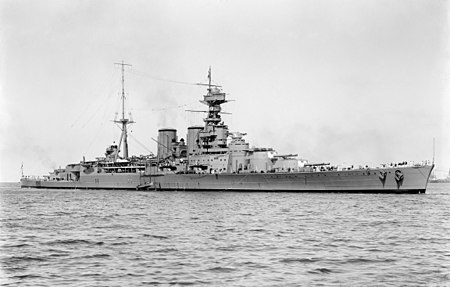
Decades after their inception during the Cold War, Russia’s Kirov-class battlecruisers remain a topic of fascination and controversy.

Once the pride of the Soviet Navy, these nuclear-powered leviathans were built to project power across the world’s oceans, boasting an arsenal capable of taking on carrier groups and making them formidable adversaries of their time.

The Kirov-class, known to the Soviets as Project 1144 Orlan, represented the pinnacle of Soviet naval engineering.

Their design emphasized heavy missile armament, including the SS-N-19 ‘Shipwreck’ anti-ship missiles and an array of air defense systems such as the S-300F ‘Fort’.

However, their reality post-Cold War has been far less glorious. With the shift in geopolitical climate and military technology, the relevance and practicality of these naval Goliaths in modern warfare have come under scrutiny.

One of the remaining Kirovs, the Admiral Nakhimov, is undergoing a prolonged modernization process.

Initially slated for a return to operational status in 2018, her re-entry into service has been repeatedly delayed, with the latest reports suggesting completion by 2023.

The overhaul is said to involve extensive upgrades including the integration of modern hypersonic weapons such as the Tsirkon missile, potentially renewing the cruiser’s threat capability.

Despite these enhancements, concerns persist. The Kirov-class battlecruisers, while impressive on paper, have been plagued by vulnerabilities in air defense and anti-submarine warfare capabilities, not to mention the significant challenge of satellite reliance for targeting information.

In an era where space assets could be targeted in a conflict, the dependence on satellites reveals a critical Achilles’ heel for these ships.

Moreover, the financial and resource constraints faced by the Russian Navy raise questions about the practicality of pouring funds into such specific and high-maintenance vessels.

The ongoing conflict in Ukraine and subsequent isolation of Russia from Western technological and industrial resources only exacerbate these challenges.

While the prospect of a revitalized Kirov-class cruiser armed with hypersonic weapons might seem like a strategic asset, the realities faced by these ships reflect a broader dilemma within the Russian Navy and its attempts to maintain relevance in an ever-evolving battlefield.

The future of the Kirov-class, a holdover from a bygone era, remains uncertain as the Russian military grapples with modern threats and fiscal realities.

With two of the original four ships already scrapped, the fate of the Admiral Nakhimov and her sister ship Pyotr Veliky continues to be a subject of speculation and debate among military enthusiasts and strategists alike.
Relevant articles:
– Russia’s Kirov-Class Battlecruiser Nightmare Is Very Real, The National Interest
– Russia’s Naval Goliaths: Kirov-Class Battlecruisers Between Legacy and Obsolescence, Trendy Digests
– Kirov class Battlecruisers (1977), naval encyclopedia
